Exhibitions are stories; descriptions of a moment in time, a place or peoples. Stories from Ostrava started with a journey. In May last year AA Intermediate 10 Unit Master Valentin Bontjes van Beek and I were invited by the Czech Centre to visit the decommissioned mines Vitkovice in the northern Czech city of Ostrava. The mines are stunning site on a massive scale, with iron towers, pipes and conduits creating an entire city landscape. Last used in 1991, the mines are undergoing a dramatic transition from industry to culture.
In a short space of time we learnt the history of the mining district and saw architectural typologies of the area formed by political and industrial forces. The mines are now privately owned by a local businessman, who is largely funding projects that have transformed a blast furnace into a concrete-lined gallery and created a concert hall with spectacular views of the mine beyond the stage.
The project is a hugely ambitious transformation but it’s not without its detractors who argue that money and energy is being diverted from a city already struggling with low employment and contend that moving funding and cultural activity away from the city centre leaves Ostrava empty of cultural potential.
In a series of interviews two students at the Architectural Association, Veronika Janovcova and Timothy O’Hare aimed to uncover the social and political forces behind the redevelopment of the European Cultural Heritage site into an educational and cultural hub. Their beautiful short fiim D.O.V is on show in the AA Gallery and tells a captivating story. Alongside the film, are a moving and melancholic series of photographs by Ostrava born photographer Viktor Kolář. His images of the landscape and people of Ostrava have earned him a well-deserved place as one of the most important contemporary Czech documentary photographers.
This project was put together especially for the London Festival of Architecture. What better way to think about architecture and the world around us than to share a story of Ostrava.

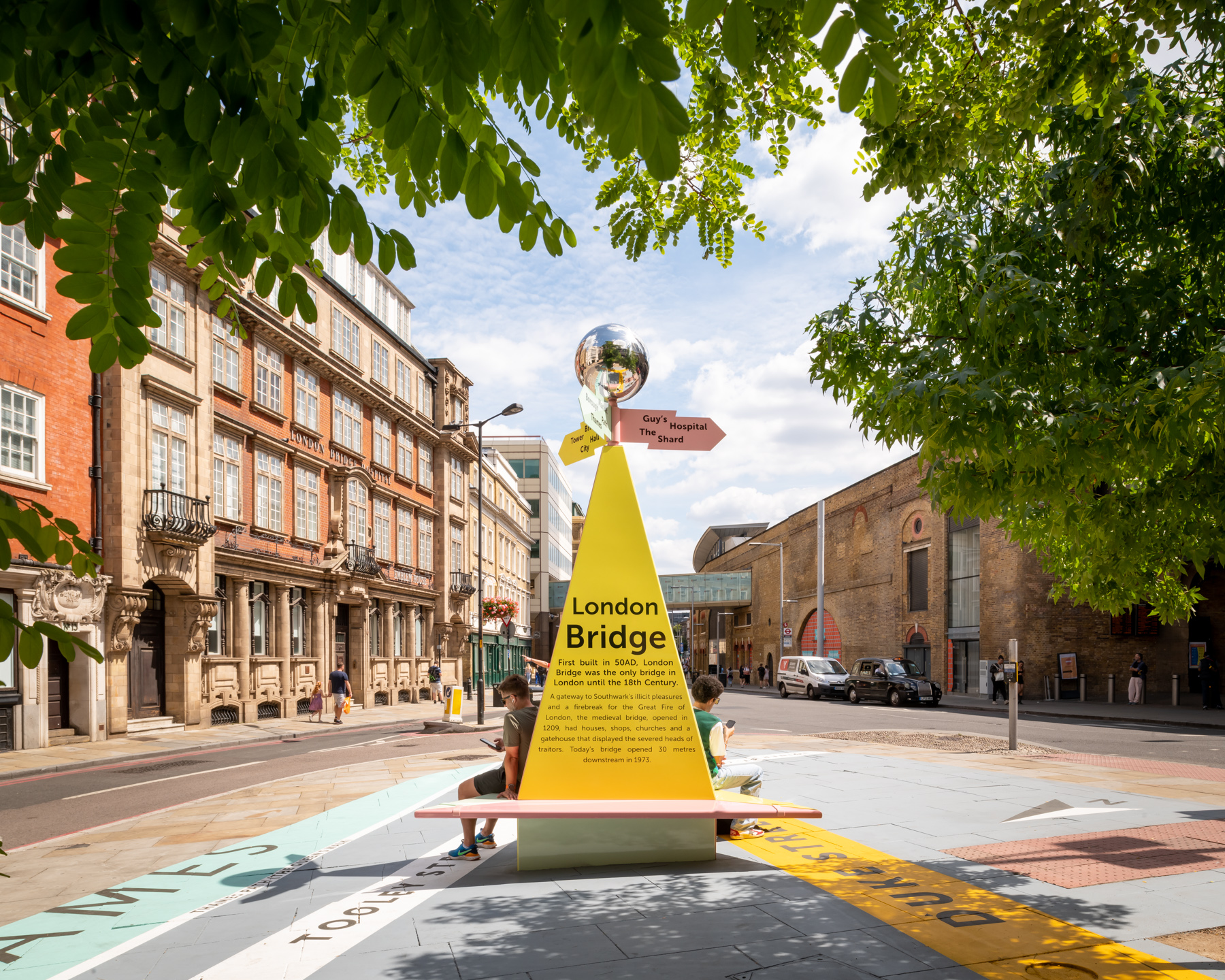 COMPETITION
|
COMPETITION
|
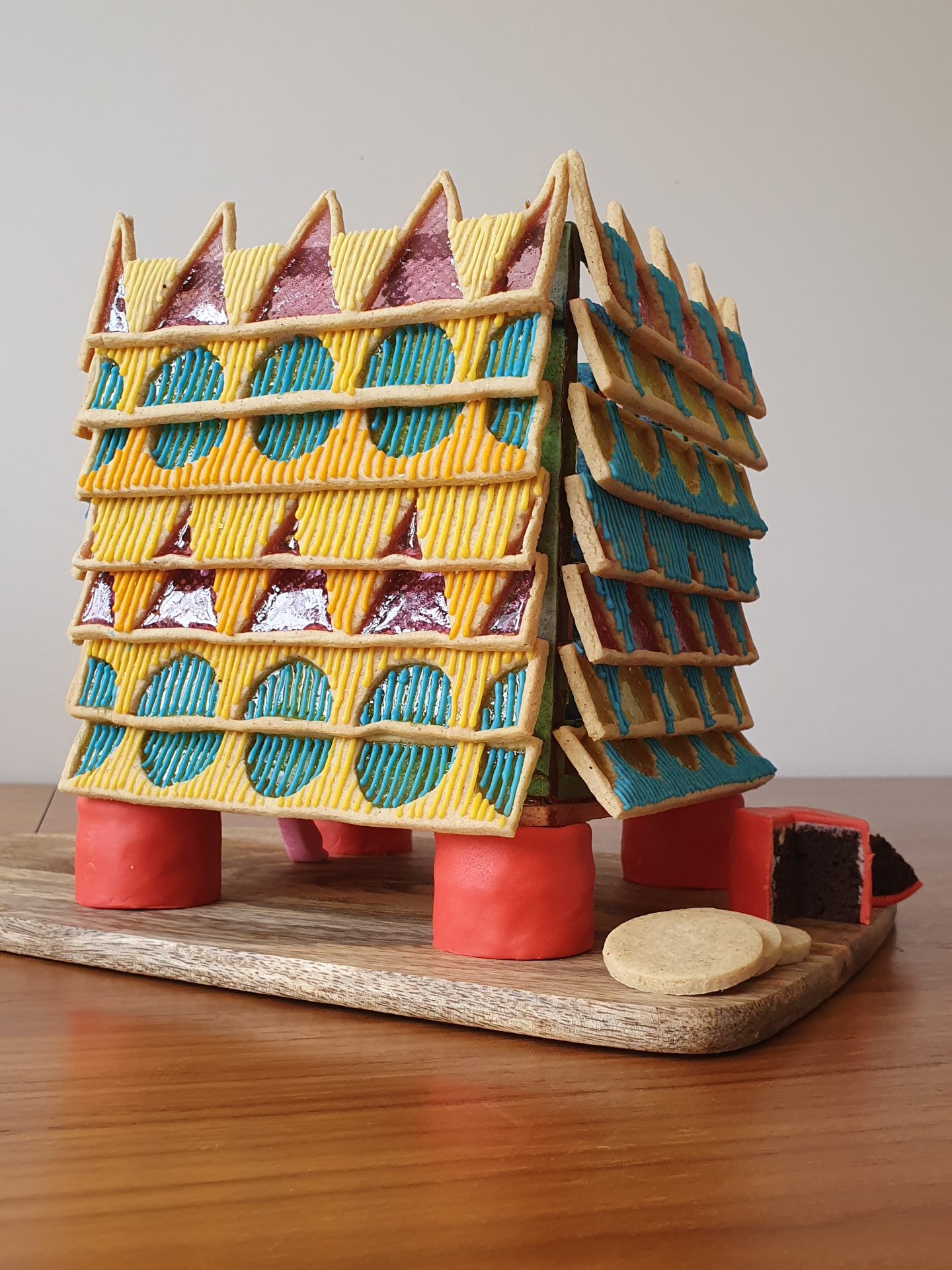 COMPETITION
|
COMPETITION
|
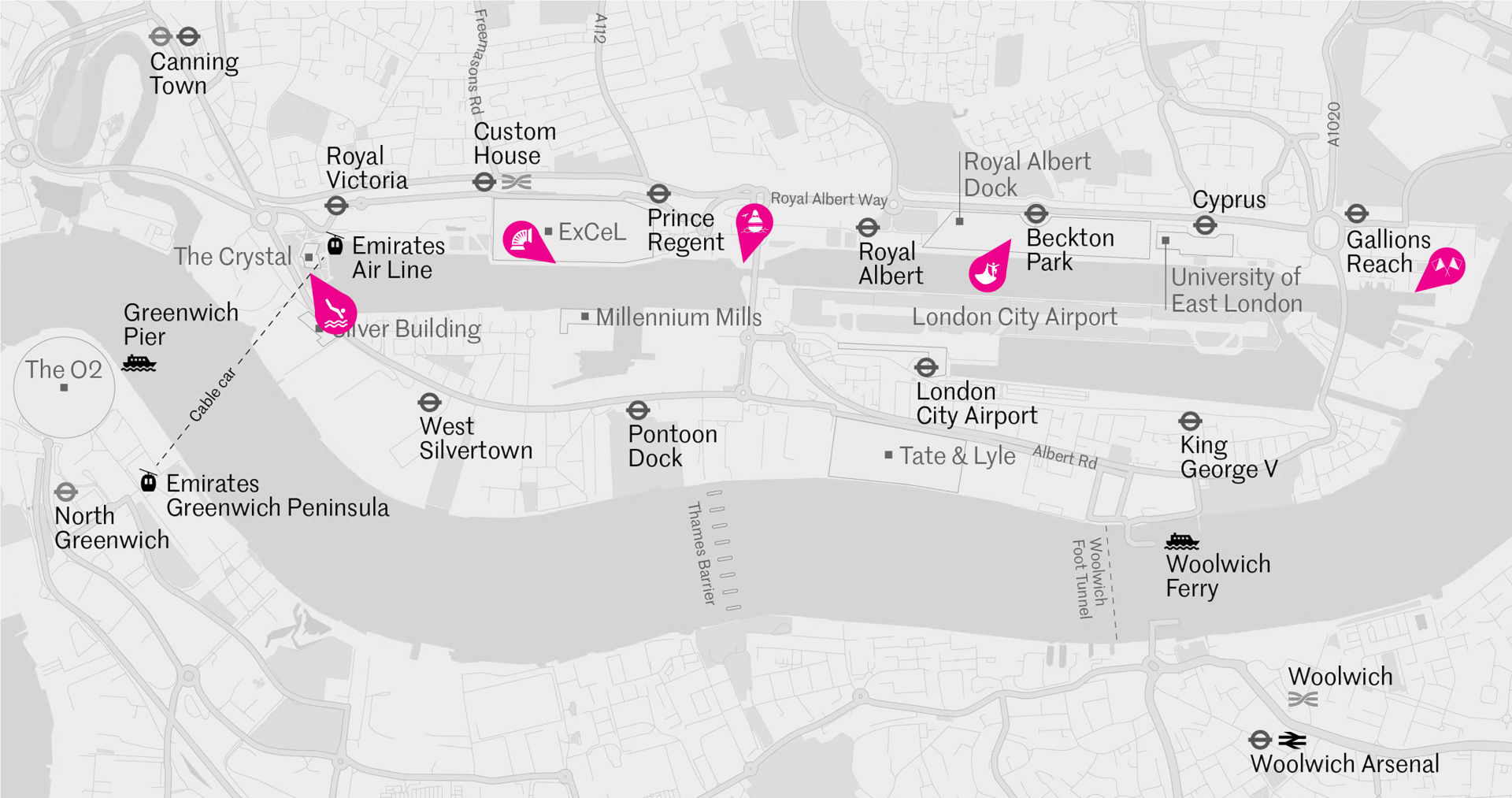 COMPETITION
|
COMPETITION
|
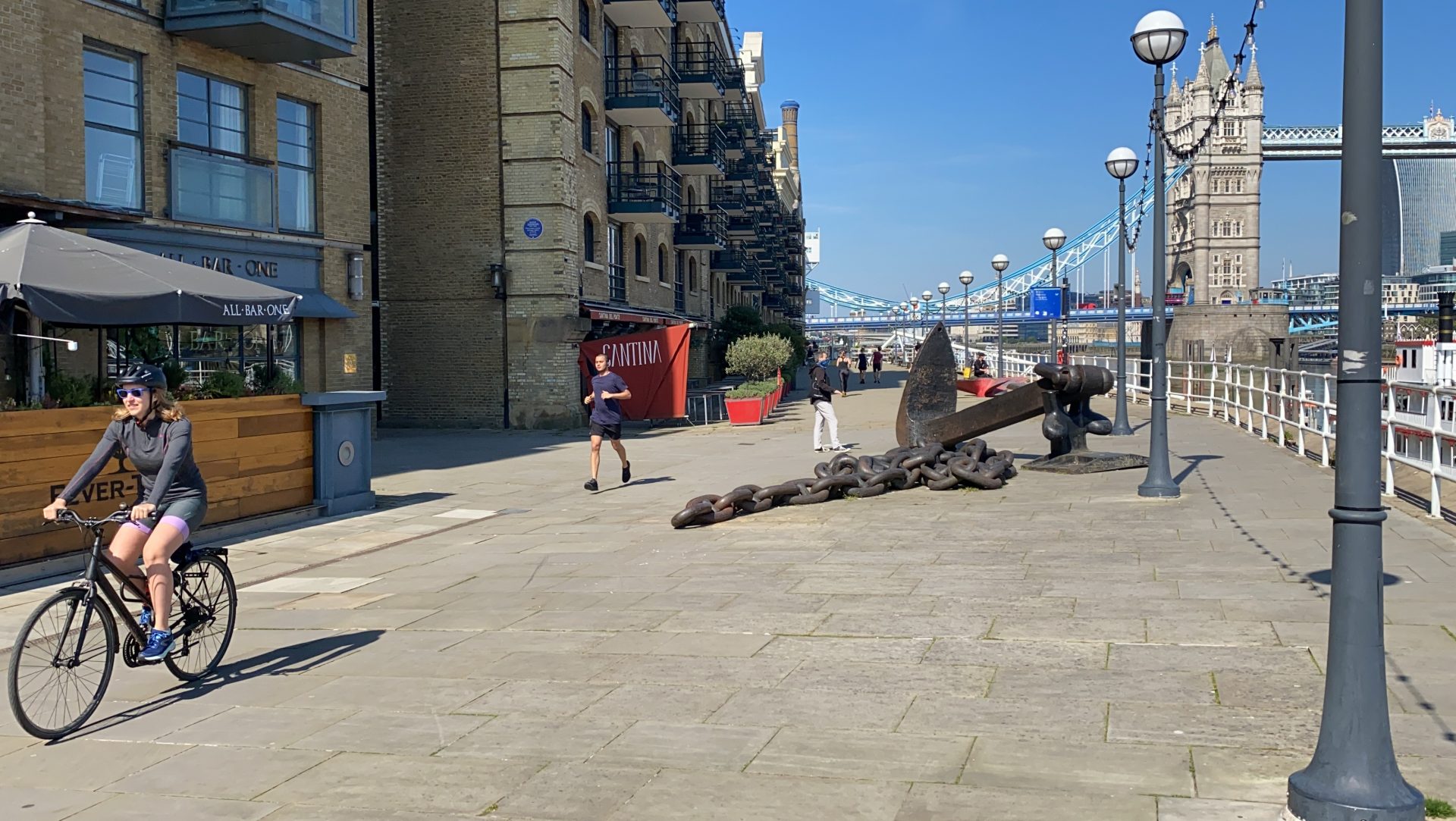 COMPETITION
|
COMPETITION
|
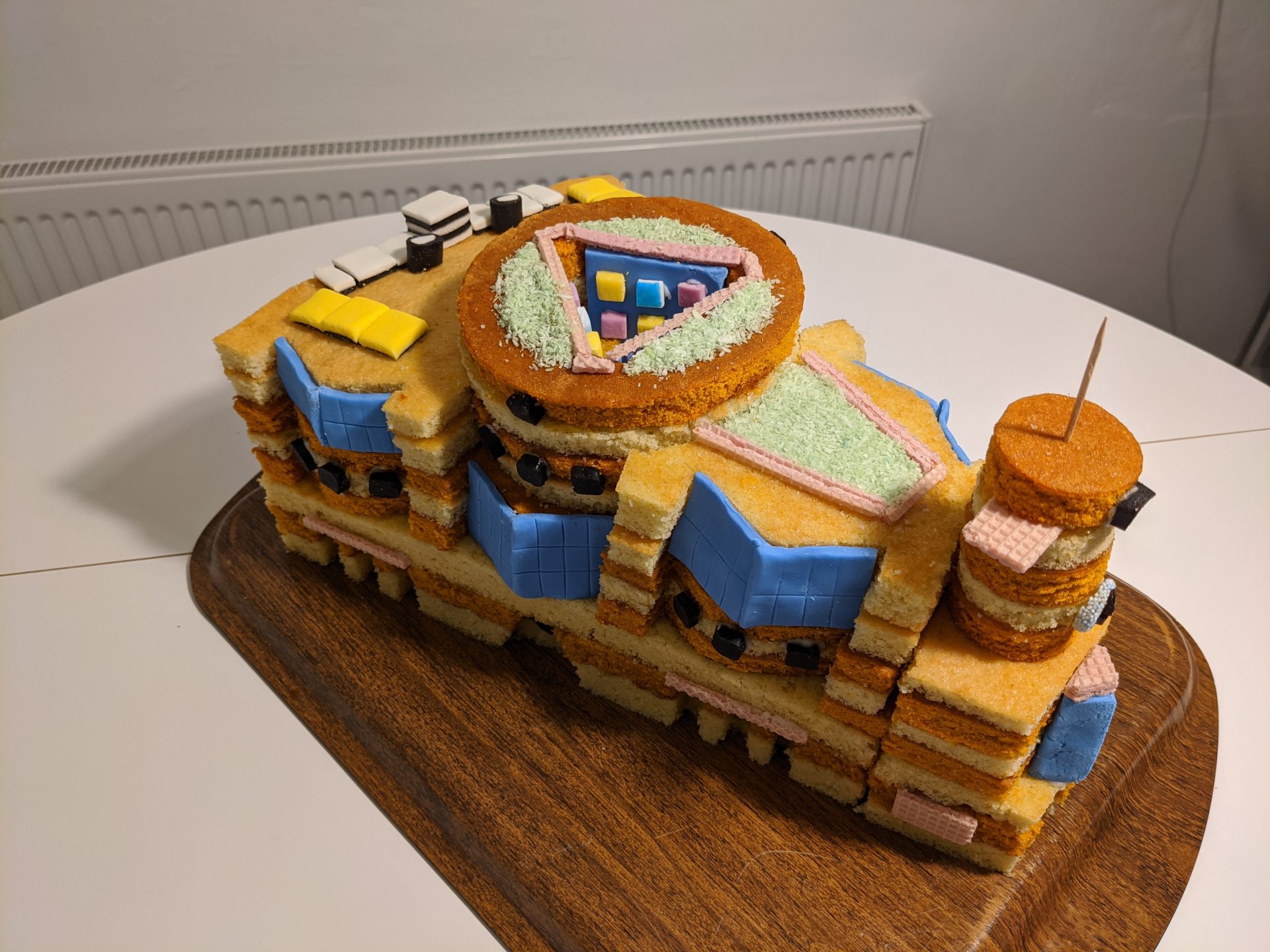 NEWS
|
NEWS
|
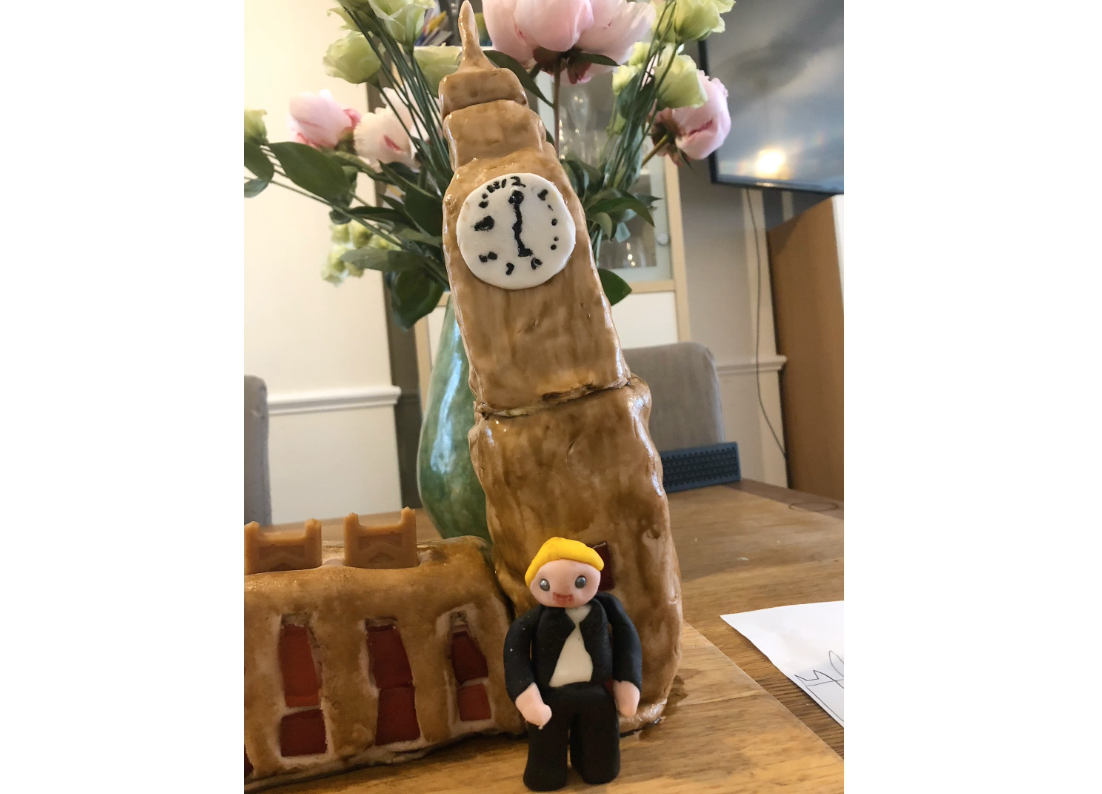 NEWS
|
NEWS
|